So, Valentine’s Day yesterday. My husband, Jeff, gave me a lovely box of Bon Bon chocolates and I expect many of you were given choccies too. It got me thinking about chocolate and whether it really is good (or bad) for you and how it affects our planet.
Well, the good news is that dark chocolate is good for you in small quantities! But the bad news is that you need to pay more to make sure you get good quality ingredients with a high percentage of cocoa. And to make sure you are not impacting on the planet or contributing to slave labour, always buy ORGANIC FAIR TRADE CHOCOLATE.
Chocolate: How is it made?
Chocolate is made from the seeds of the cacao tree, although the seeds are known as cocoa beans. The beans are fermented, sun-dried, roasted then shelled and ground. This creates the chocolate liquor which is a fatty liquid with a bitter taste. Some of this is reserved whilst the rest is separated into cocoa butter and solid cocoa, which is then ground down to make cocoa powder. The final process combines chocolate liquor, cocoa butter, sugar and milk in various proportions to produce the chocolate we eat.
Chocolate: The Feel Good Factor
- It contains PEA (phenylethylamine) which is a chemical in the brain that makes you feel happier. PEA also increases when you are in love, after physical exercise and during orgasm!
- Theobromine is also found in chocolate and is a mild stimulant that also reduces blood pressure and relaxes lung muscles.
- Caffeine is present in small quantities which increases alertness and helps digestion.
- Its usually very high in sugar, so it gives you an instant energy fix.
Chocolate: The Health Factor
Firstly, chocolate contains bioflavonoids, which are plant compounds that are also found in things like green tea, fruits, vegetables and red wine. They are proven to protect against heart disease due to their antioxidant action and ability to make your arteries more flexible and less ‘sticky’. Dark chocolate has a higher antioxidant effect than blueberries! Bioflavonoids are also linked to lowered cancer risk, better brain functioning and liver cleansing.
Chocolate is also high in magnesium, an essential nutrient that is vital in keeping your cardiovascular system healthy and in lowering blood pressure. As low magnesium levels are also linked to PMT (premenstrual tension), it may be why us women grab a chocolate bar at that time of the month.
Moreover, there is plenty of evidence to suggest that chocolate can heighten sexual desire. Put simply, studies have shown that cocoa can increase blood flow in parts of our body beyond our torso.
Although chocolate is high in fat, it has been shown to lower bad cholesterol levels, most likely due to the high proportion of oleic acid (as in olive oil) in cocoa butter.
Chocolate: The Fat Factor
It is the things that are added to chocolate that are bad for us, things like sugar, milk, vegetable fats, colorings and flavorings.
Sugar is high in calories and is a major cause of tooth loss. Eating lots of sugar is associated with weight-gain, mood swings, fatigue, poor concentration and is certainly very bad for you! Sugar is also a leading cause of tooth decay and may even take away your smile.
Hydrogenated vegetable fats are often added to cheaper chocolate and are likely to contain trans-fats, artificial fats that are known to be harmful to the body. These fats are linked to higher cholesterol and increased risk of many types of cancer.
Basically, the cheaper the chocolate the more likely it is to contain a low proportion of healthy cocoa combined with lots of refined sugar and bad fats.
Chocolate: Child Slavery and Environment
Tragically, child slave labor is prevalent in the production of cocoa beans. In 2002, there were a quarter of a million children in West Africa working as slaves, clearing forests with machetes and applying pesticides. In 2005, the major chocolate companies such as Nestle and Hershey’s agreed to work towards an end to child slavery but little has been done.
Cacao trees are native to the South American rainforests but are often grown using unsuitable methods in Indonesia and West Africa. The trees cannot survive without heavy pesticide and fertilizer use, whilst the soils become depleted of nutrients. Whenever a plantation dies out, a new swathe of forest has to be cut down.
Palm oil is often used as a cheap substitute for cocoa butter and Nestle has links with Sinar Mas, an Indonesian company with a reputation for cutting down rainforest to plant palms. This is a known threat to the survival of Orangutans.
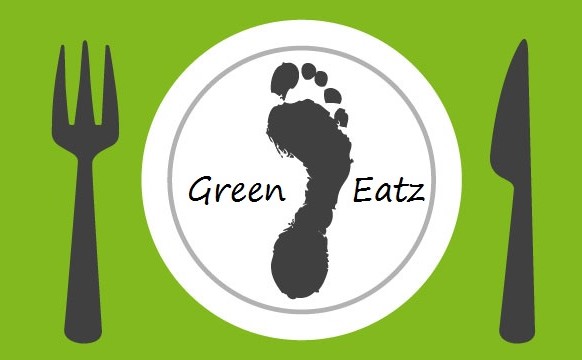

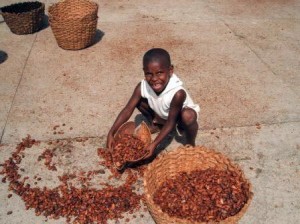
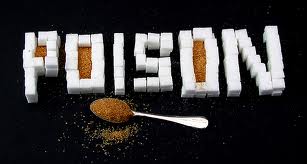


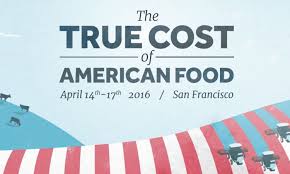

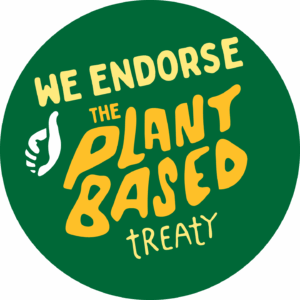
Trackbacks/Pingbacks